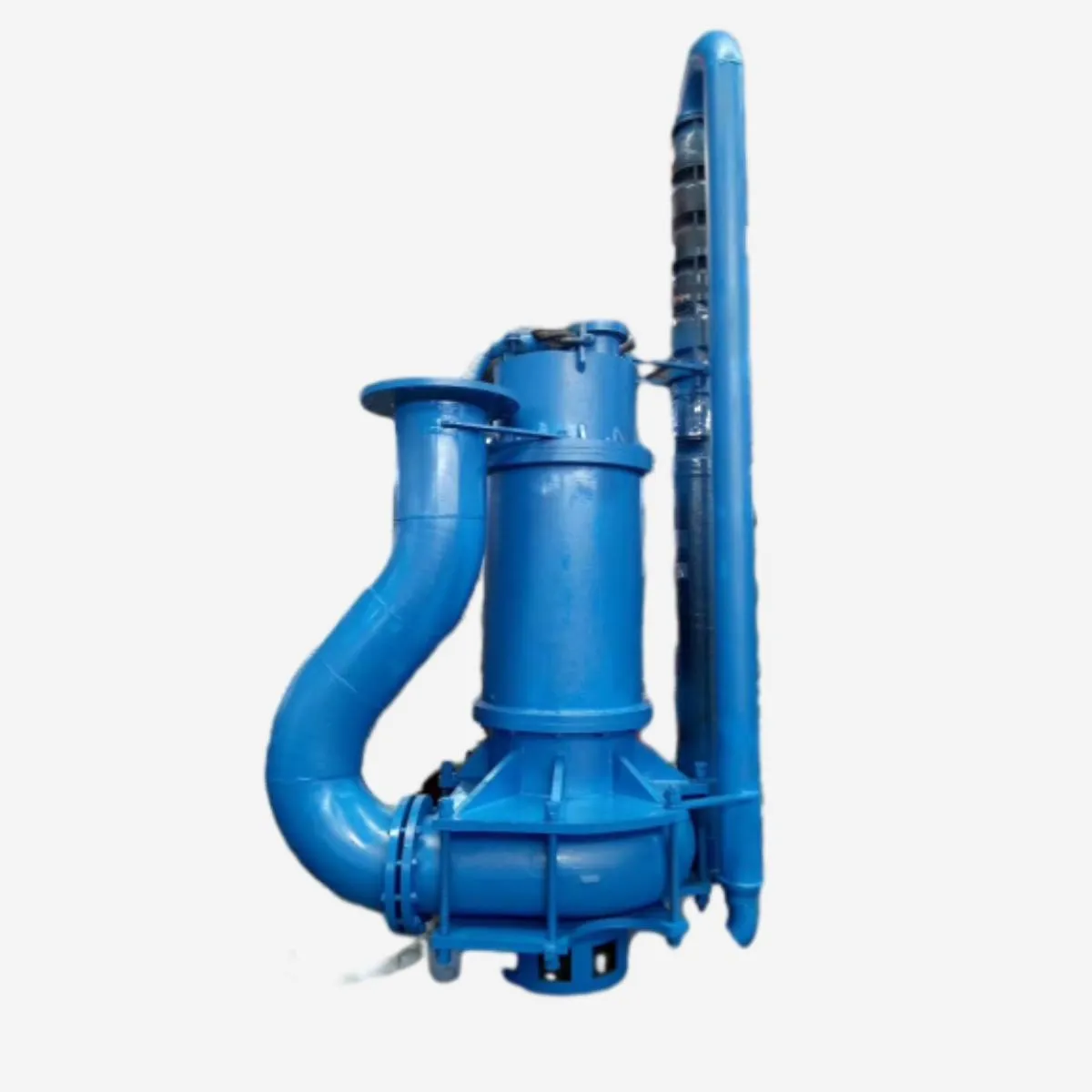English
- Afrikaans
- Albanian
- Amharic
- Arabic
- Armenian
- Azerbaijani
- Basque
- Belarusian
- Bengali
- Bosnian
- Bulgarian
- Catalan
- Cebuano
- Corsican
- Croatian
- Czech
- Danish
- Dutch
- English
- Esperanto
- Estonian
- Finnish
- French
- Frisian
- Galician
- Georgian
- German
- Greek
- Gujarati
- Haitian Creole
- hausa
- hawaiian
- Hebrew
- Hindi
- Miao
- Hungarian
- Icelandic
- igbo
- Indonesian
- irish
- Italian
- Japanese
- Javanese
- Kannada
- kazakh
- Khmer
- Rwandese
- Korean
- Kurdish
- Kyrgyz
- Lao
- Latin
- Latvian
- Lithuanian
- Luxembourgish
- Macedonian
- Malgashi
- Malay
- Malayalam
- Maltese
- Maori
- Marathi
- Mongolian
- Myanmar
- Nepali
- Norwegian
- Norwegian
- Occitan
- Pashto
- Persian
- Polish
- Portuguese
- Punjabi
- Romanian
- Russian
- Samoan
- Scottish Gaelic
- Serbian
- Sesotho
- Shona
- Sindhi
- Sinhala
- Slovak
- Slovenian
- Somali
- Spanish
- Sundanese
- Swahili
- Swedish
- Tagalog
- Tajik
- Tamil
- Tatar
- Telugu
- Thai
- Turkish
- Turkmen
- Ukrainian
- Urdu
- Uighur
- Uzbek
- Vietnamese
- Welsh
- Bantu
- Yiddish
- Yoruba
- Zulu
Telephone: +86 13120555503
Email: frank@cypump.com
Nov . 17, 2024 14:22 Back to list
slurry pumps & engineers
Understanding Slurry Pumps and Their Applications in Engineering
Slurry pumps are essential devices used in various industrial applications for transporting slurries, which are mixtures of solid particles and liquids. These pumps are specifically designed to handle challenging materials, making them integral in sectors such as mining, construction, and wastewater treatment. This article aims to explore the various types of slurry pumps, their working principles, applications, and the importance of selecting the right pump for specific engineering needs.
Types of Slurry Pumps
Slurry pumps are categorized into two main types centrifugal and positive displacement pumps. Centrifugal slurry pumps are the most widely used due to their simplicity and efficiency. They operate by converting rotational energy from a motor to kinetic energy in the slurry, allowing for high flow rates. However, they may not be suitable for all types of slurries, particularly those with a high viscosity or a large concentration of solids.
On the other hand, positive displacement pumps work by trapping a fixed amount of slurry and forcing it through the discharge pipe. These pumps are ideal for applications involving high viscosity slurries and can effectively manage the flow rate, regardless of the pipeline pressure. Understanding the differences between these types is crucial for engineers when designing systems that require the effective transport of slurry materials.
Applications in Engineering
Slurry pumps have a wide range of applications across several industries. In the mining sector, they are commonly used to transport ore, tailings, and other byproducts. This process is critical for resource extraction, as it helps in moving materials from one location to another efficiently. In construction, slurry pumps play a vital role in transporting cement, sand, and other aggregates, contributing to the successful completion of various projects.
slurry pumps & engineers

The environmental sector also benefits from slurry pumps. In wastewater treatment plants, these pumps handle the removal of sludge, aiding in the treatment process and ensuring that effluent water meets health and environmental standards. Furthermore, slurry pumps are utilized in the dredging of rivers and harbors, where they help remove sediment and maintain navigable waterways.
Importance of Choosing the Right Slurry Pump
Selecting the appropriate slurry pump is paramount to the efficiency and longevity of any system. Factors to consider include the type of slurry to be pumped, slurry concentration, viscosity, and the distance to be covered. Engineers must also account for the pump's material construction, as it must withstand wear from abrasive solids and the corrosive nature of some slurries.
Maintenance plays a crucial role in the performance of slurry pumps. Regular inspections, parts replacements, and proper lubrication are necessary to ensure smooth operation and reduce downtime. Engineers must be equipped with knowledge on maintenance protocols to keep the slurry pumping system in optimal working condition.
Conclusion
In summary, slurry pumps are vital tools in various engineering applications, providing solutions for transporting challenging materials effectively. With different types available, engineers have the flexibility to choose pumps tailored to specific requirements. By understanding the principles of operation and the significance of maintenance, industries can maximize the performance of their slurry pumps, ultimately leading to enhanced productivity and sustainability.
-
ISG Series Vertical Pipeline Pump - Chi Yuan Pumps | Advanced Engineering&Industrial Efficiency
NewsJul.30,2025
-
ISG Series Pipeline Pump - Chi Yuan Pumps | High Efficiency, Energy Saving
NewsJul.30,2025
-
ISG Series Vertical Pipeline Pump-Chi Yuan Pumps|High Efficiency&Reliable Performance
NewsJul.29,2025
-
ISG Series Vertical Pipeline Pump|High Efficiency&Low Noise
NewsJul.29,2025
-
ISG Series Vertical Pipeline Pump - Chi Yuan Pumps Co., LTD.|High Efficiency, Energy Conservation, Low Noise
NewsJul.29,2025
-
ISG Series Vertical Pipeline Pump-Chi Yuan Pumps Co., LTD.|High Efficiency&Energy-Saving
NewsJul.29,2025










